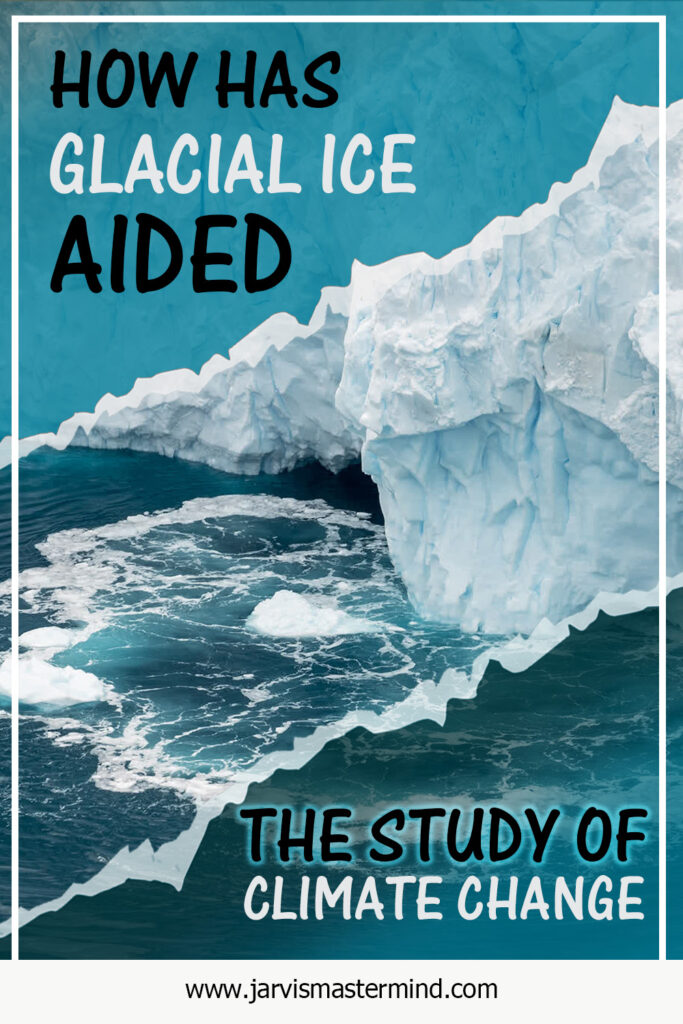Glacial ice is made of snow that turns into ice through the years where each year snow falls adding layers upon layers of snow which puts pressure on the bottom layers and with this pressure transformation happens where the snow turns into ice.
Glaciers are called metamorphic rocks because metamorphic rocks are formed with pressure and heat that changes the arrangement of molecules’ structure.

What is the Difference Between Ice and Snow?
Ice and snow both are frozen water but they don’t mean the same thing. Snow is ice that falls from the sky, while ice is a more general term that includes many forms of frozen water.
How is Glacial Ice Formed?
Ice in glaciers starts as individual snowflakes that turn into ice, when snowflakes fall into the ground they trap air between them which gives them the fluffy nature they have.
Through the years and when layers upon layers of snow fall from the sky bottom layers get pressed together. With that pressure, the air gets squeezed and ice becomes heavy.
When the pressure reaches a certain level snowflakes are pressed together turning into ice crystals in a process called metamorphosis.
Glaciers are considered metamorphic rocks because snow gets transformed from one solid form (snowflakes) into another (ice crystals).
Glaciers are called rivers because they flow downhill.
What Role Do Glaciers Play in the Water Cycle?
Glaciers represent almost 10% of the world’s land mass, most of the glaciers could be found in Greenland and Antarctica.
Glaciers play the role of water storage containers, water frozen in glaciers moves slowly through the water cycle, in case of climate change that causes global warming and melting glaciers this means more water will move through the water cycle which will lead to rising sea levels and more water evaporation which means stronger storms and coastal cities drowning.
Why are Glaciers So Important to the Study of Global Climate Change?
Glaciers are a measure of the state of the climate, observing changes in glaciers reflects the overall state of the climate, whether they’re growing or shrinking, advancing or receding.
These are clues that we use to track how far we’ve gone in the climate process.
About 2.1% of all Earth’s water is frozen in the glaciers. That’s approximately 70 million cubic miles of water stored in the glaciers. So you could imagine the troubles that could happen when 70 million cubic miles of water run through the system.

How Do Glaciers Melting Affect Humans?
Glaciers are our planet’s water storage devices, so when glaciers melt this will add more water to the system, then two things are going to happen as a result: sea levels will rise, and more water is going to evaporate.
When sea levels rise coastal cities will be covered with water, which means land loss which is going to create lots of economic trouble. Millions of people live in coastal cities, so these people are going to lose their homes and jobs, which will create economic trouble.
And when more water evaporates this will mean storms and hurricanes are going to become more frequent and more powerful. This will lead to property loss and farming will be harder because of the unpredictable weather which will lead to food prices going up.
